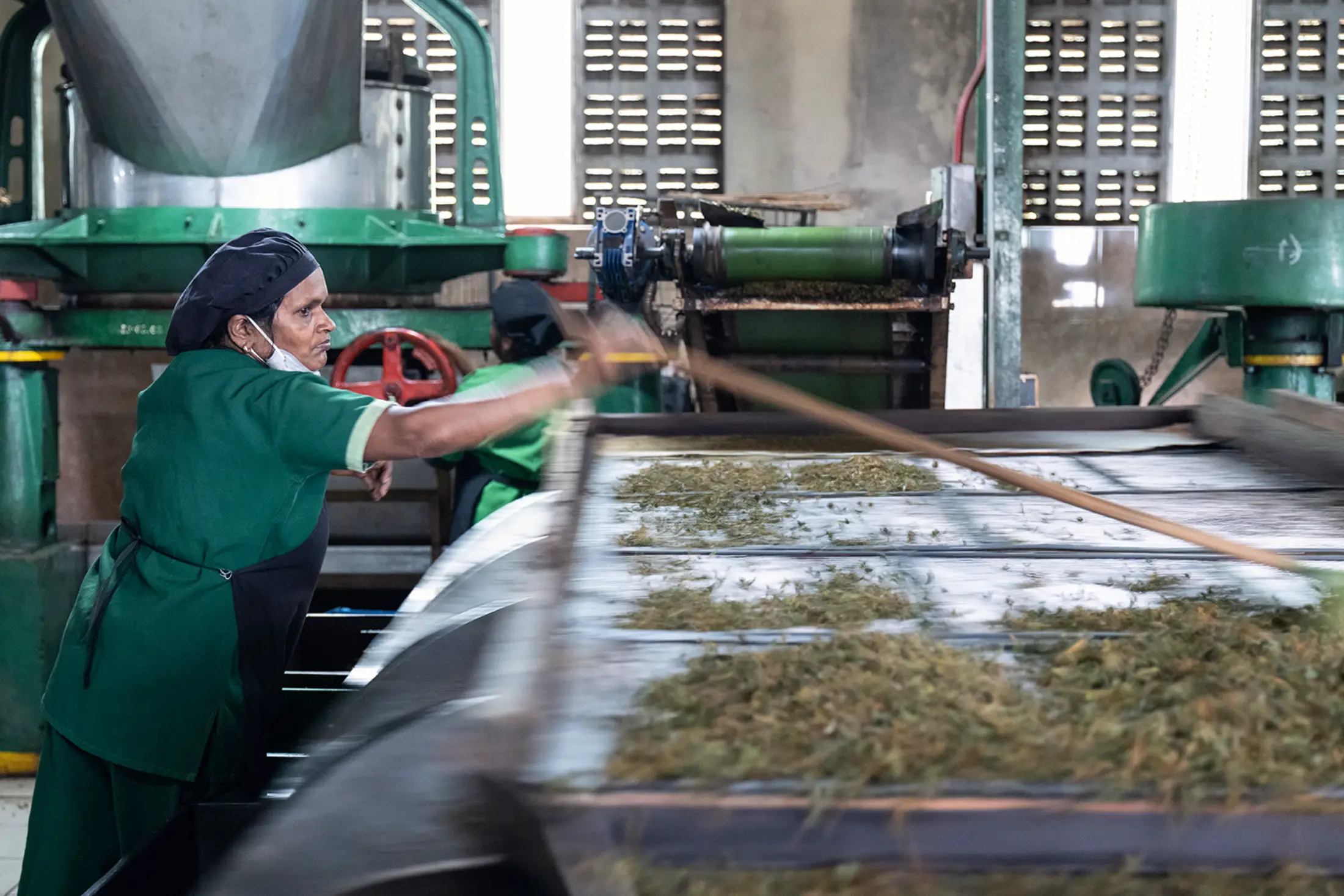
A Nice Cup of Rosie (Lea, Tea)
As a devout tea drinker I have, for many years carefully selected my tea, be it loose or a tea bag for convenience, and preferring a full-flavoured dark nutty tea (with milk) have gravitated mostly to Ceylon or Assam teas.
The addition of one or more teaspoons of sugar and served in a mug have we have Builders tea. The favoured choice of the nations building and factory workers and consumed in industrial quantities throughout the day.
Having Just returned from Sri Lanka, where I spent some time in the Hill Country visiting tea estates and factories to garner a better understanding of the tea manufacturing process, I now have a a fuller appreciation. Later this year I will spend some time in Assam and plan to visit one or two tea estates.
Generally Indian and Ceylon teas are similar with both being high grown teas which are considered to be of better quality. Both Indian and Ceylon tea plantations were established by the British in the nineteenth century. In Sri Lanka coffee was originally planted but the initial crops failed and attention turned to tea which was much better suited to the damp and cool climate of the Hill Country.

The tea plant is a type of camellia similar to the ornamental garden camellias but smaller and is thought to have originated in the foothills of the Himalaya. For tea production in Sri Lanka camellia sinensis dominates (camellia assamica in India) and the tea is harvested every10 days or so keeping the plant from growing into a tree. Only the top four leaves are picked and usually by women (mostly Tamil) whose smaller hands are generally considered to be more nimble.

The pickers usually start picking at around 7.00 a.m. with a break at 10.00 a.m. after they have been to have their pickings weighed at an, often impromptu, weighing station. The leaves are emptied on to a tarpaulin for inspection and then onto the scales. Each picker has a pass book into which the weight is is recorded and against which they are paid. Picking continues throughout the day with several breaks and weighings.

The sacks of tea leaves are then collected and taken from the plantation to the tea factory to which they are assigned and on arrival is initially transferred to the withering trays where 40 percent of the moisture is removed. This normally takes around 12 – 18 hours with inspections often in the early hours of the morning. The leaves are regularly turned to ensure that moisture in removed from all leaves.


The partially dried leaves are then transferred to rolling machines and in the more automated factories the leaves are transferred on to a conveyor and chute which automatically feeds the rolling machine. The CTC (crush or cut, tear, curl) process employed for black teas in many cases still uses the original machines installed when the factories were built. More recent machines are built on the same principle and often employ a feed hopper above the machine.

Most of the tea production is for black tea for which the tea is 100% fermented but for green teas the fermentation is halted dependant on the tea required. The fermentation process is a manual process where the tea is spread onto racks and allowed to ferment prior to its transfer to the drying process.
Drying the tea for flavour enhancement has two processing methods, finish-firing and roasting. Roasting changes the flavour of the tea to give a more nutty taste with burnt notes. Conversely finish-firing is more gentle lower temperature heating of the leaves which ensures full flavour without changing the nature of the tea.

Arguably the most important aspect of the tea process is the sorting and there are two methods, by vibratory sieving or through a series of electrostatic rollers. The tea is separated by size and the stalks removed to be ultimately used as fertiliser.

Tea classifications do vary but for black tea are generally:
- Pekoe (P) – small short leaves.
- Orange Pekoe (OP) – longer thin tightly rolled leaves.
- Flowery Orange Pekoe (FOP) – long thin less tightly rolled leaf.
- Golden Flowery Orange Pekoe (GFOP) – FOP with some golden tips.
- Tippy Golden Flowery Orange Pekoe (TGFOP) – GFOP with add. golden tips.
- Finest Tippy Golden Flowery Orange Pekoe (FTGFOP) – TGFOP with improved quality.
- Broken Orange Pekoe (BOP) – broken OP leaves.
- Flowery Broken OrangePekoe (FBOP) – broken FOP leaves.
This is a fairly comprehensive listing and in the factories and estates that I visited the grading was simplified to OP, BOP, and FBOP.

The final stage of the tea process is the packing. As soon as the leaves are graded they are transferred to large foil lined paper sacks where they are rapidly sealed pending shipment to the tea auctions (in Colombo) or tea. Progress and gone are the days of the iconic stencilled tea chest.

